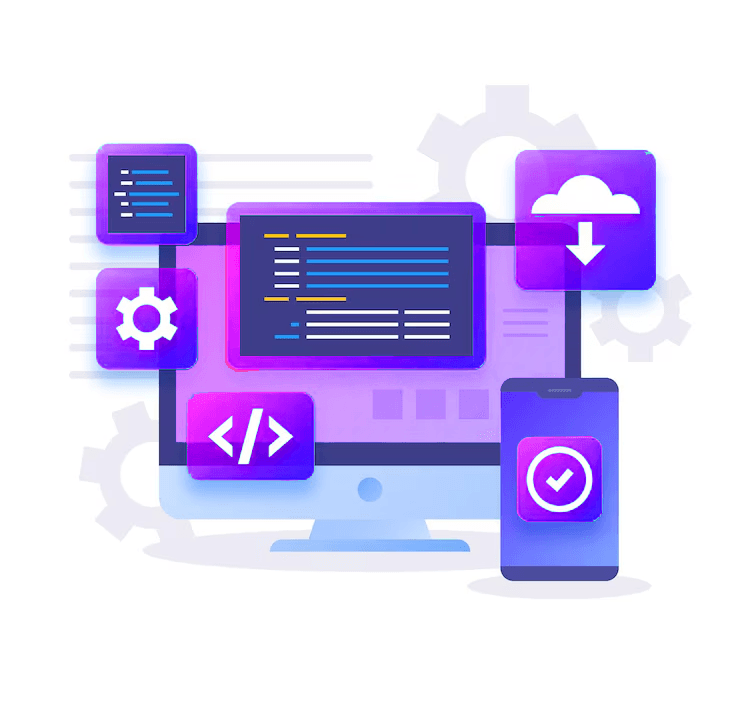Efficient Web Development with Laravel and PHP
With Laravel, we emphasize clean and maintainable code, rapid development cycles, and comprehensive testing to ensure the reliability and performance of your applications. Whether you’re launching a startup, expanding your enterprise, or enhancing your online presence.
Our Laravel development services include:
- Custom Web Applications:Tailoring Laravel to create bespoke web applications that meet your unique business needs.
- E-commerce Platforms:Building secure and scalable e-commerce websites with Laravel’s powerful features and integration capabilities.
- CMS Development:Developing content management systems (CMS) that empower you to manage and update your website effortlessly.
- API Development:Designing and implementing robust APIs to facilitate seamless communication between systems and platforms.
- Migration and Upgradation:Upgrading existing applications to newer Laravel versions or migrating from other frameworks to Laravel for enhanced performance and scalability.
